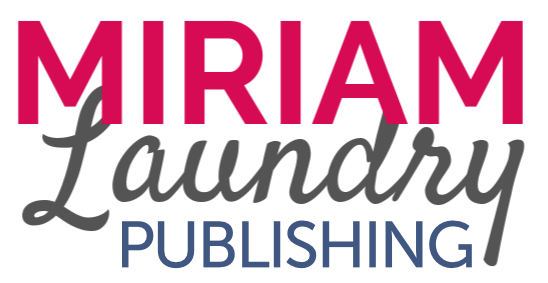It’s no secret that the picture book word limit can be tough to stick with. If your goal is to inspire readers with an empowering message, odds are you’ve found yourself staring at a word document that looks way too long to find in a children’s book. Luckily, the word count doesn’t have to be your enemy. In this blog, you’ll discover what the picture book word count is and how to stick to it.
What is the Picture Book Word Limit?
The maximum picture book word limit is 1,000 words. However, this does NOT mean you need to have exactly 1,000 words in your manuscript.
You might get away with ~1,100 words if you’re self-publishing or working with a hybrid publisher.
Your story can also fall under the word limit. 600-900 words is considered an ideal length.
Write First. Edit Later.
It’s important to note that you should only think about the picture book word limit after you’ve crafted a first draft.
If you’re still brainstorming, don’t let the word count hold you back. Write to your heart’s content! You can always edit later.
Once you’re ready to edit, you can revisit this article. If you’re ready to edit now, keep on reading.
Major Changes to Improve the Word Count
The picture book word limit can be tricky to meet. Sometimes, it takes major story overhauls to get the job done. Here are some of the more common major changes needed to adjust the word count.
Stick to One Plot
When first-time authors submit their first manuscripts to the Story Analysis or Publishing Mastermind, I often find stories that try to cover too many bases in one book.
I understand why — as people who care about young readers, we want to inspire them in so many ways, with so many different messages. But with only 1,000 words to work with, it’s absolutely essential to stick to one plot.
As you edit your manuscript, check to make sure your story is focused on one plot line only. If your story starts veering into other stories, it’s time to revise.
Include Necessary Information Only
Sometimes, when we get caught up in writing a story, we lose sight of the most important details and go down tangents, include unnecessary details, and so on.
For example, if your story is about a young girl learning to grow her confidence, you don’t want to start including scenes that don’t contribute to that specific plot. Scenes of your main character playing at school, talking with Grandma, and caring for a pet shouldn’t be included (unless they contribute to the main idea).
Remember, time is flexible in stories. You do not need to show readers every moment of a character’s day. Use page breaks to skip forward in time and stick to the action.
Pre-Edit & Save on Your Budget:
Editing Checklist for Children's Books
Minor Changes to Improve Your Word Count
If those major story changes aren’t applicable or don’t solve the problem, not all hope is lost for your picture book word limit. Many first time writers don’t realize that even minor changes can compound to produce BIG changes in the word count. In other words, there’s always hope.
Here are some low-maintenance ways to reduce your word count.
Let Illustrations Carry the Load
Illustrations can do lots of storytelling in children’s picture books. Resist the urge to describe everything in your text, and let the illustrations carry some of the weight.
Unless it’s important to the plot, your text does not need to describe…
Characters’ appearances
Weather
Time of day
Any time you see these descriptions in your manuscript, try removing them. If the story still makes sense, then you’ve made a good edit! If the story no longer works, put them back and consider shorter alternatives.
Be Concise
Repetition, filler words, and nondescript terms are all culprits for a bloated picture book word count. Here’s how to overcome each:
Repetition — comb through your manuscript to find any redundancies in dialogue or narration. Is anything mentioned twice? Are any of your adjectives or adverbs supplemented by unnecessary words such as “very” (e.g., “very fast”) or “little” (e.g., “little cottage”)?
Remove these repetitive words to shorten your word count.
Filler Words — oftentimes writers use unnecessary words without realizing it. Comb through your manuscript to remove any words that aren’t serving your story.
For example…
Very
And
Of
So
Um
Hello/Hi
Nondescript Terms — these are words that attempt to describe items or moments within a scene that could be replaced with a better, stronger alternative.
For example…
a red flower → rose
A small house made of wooden logs → cabin
Talked quietly → whispered
Ran quickly → sprinted
Most writers use nondescript terms in place of descriptive nouns and verbs. Read through your manuscript and check every noun and verb in your story.
Can the nouns be replaced with a one-word alternative that is more precise and concise?
Are the verbs paired with adverbs? Remove the adverbs and choose a stronger verb instead.
When You’ve Done All You Can…
If you’ve done everything you can think of to meet the picture book word limit but it’s still not getting there, it’s time to bring in outside help. Consider reaching out to beta readers for their feedback or hiring a professional editor.
Always remember — you CAN do it!
Pre-Edit & Save on Your Budget:
Editing Checklist for Children's Books
